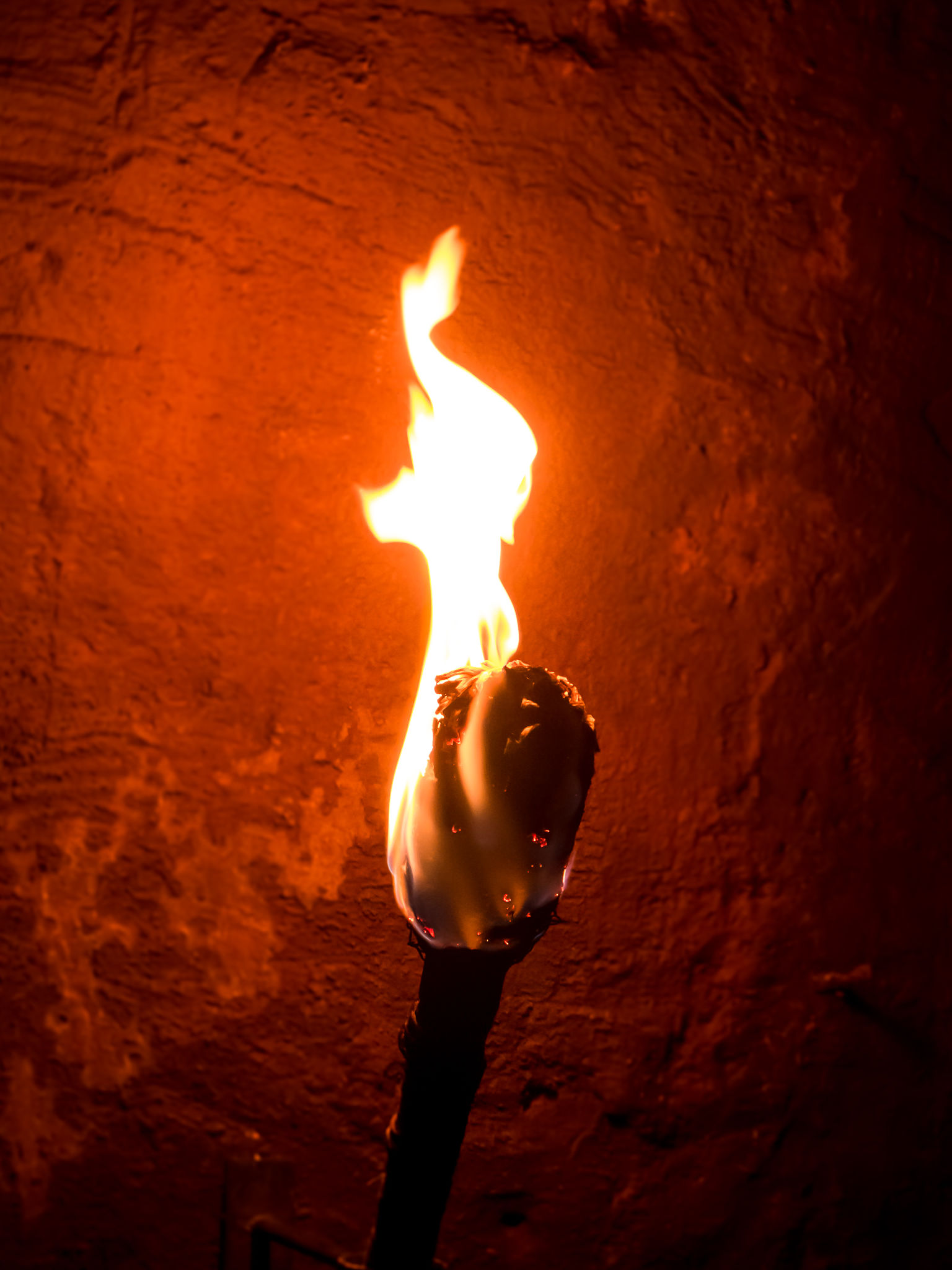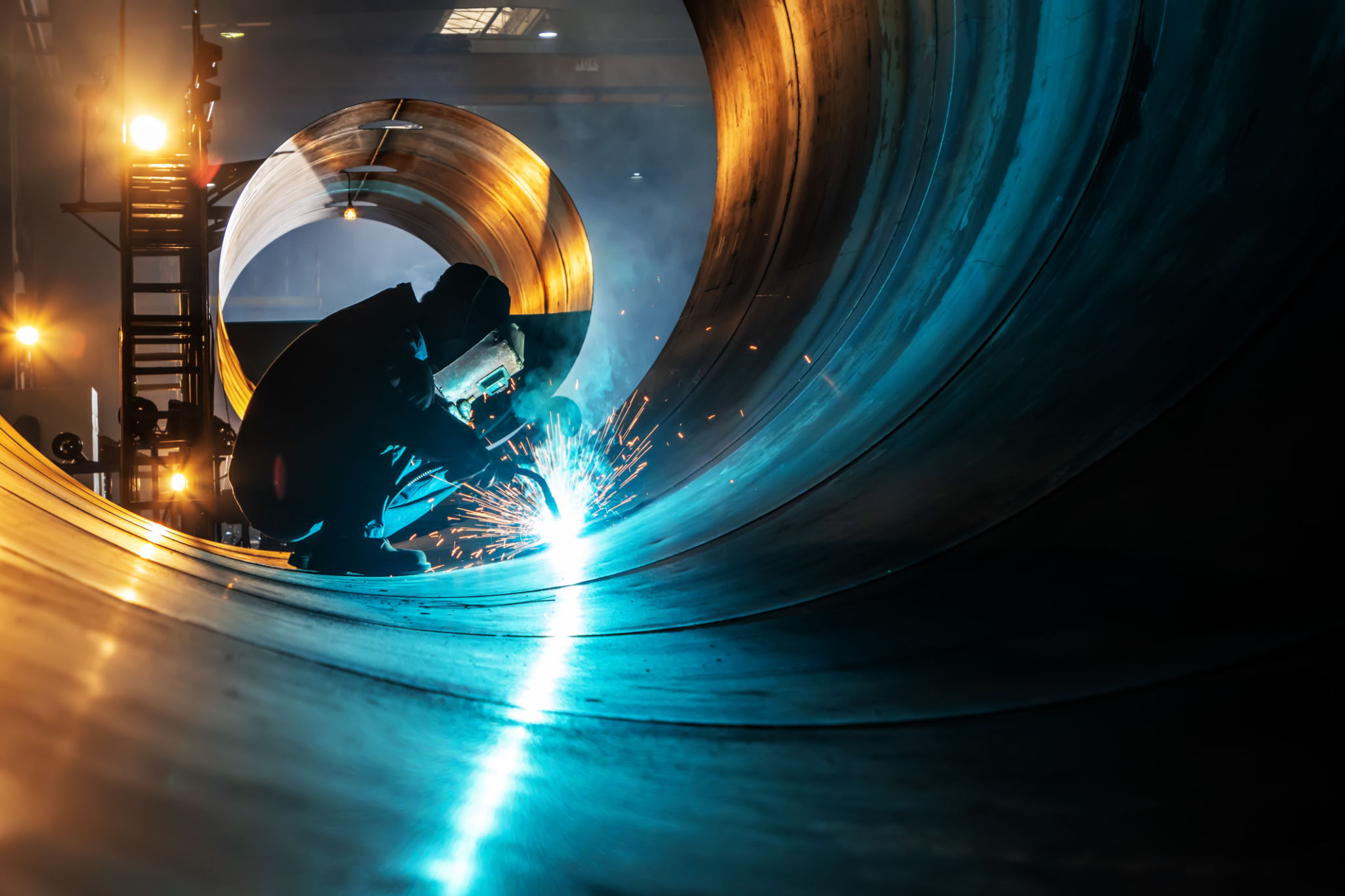DIY Metal Fabrication: Tips from Colorado's Welding Experts
Introduction to DIY Metal Fabrication
Embarking on a DIY metal fabrication project can be both thrilling and rewarding. Whether you're crafting furniture, home decor, or automotive parts, understanding the basics of metalworking is essential. In this post, we'll share insights from Colorado's welding experts to help you get started with confidence.
Metal fabrication involves cutting, shaping, and assembling metal pieces to create structures or products. With the right tools and techniques, even beginners can achieve impressive results. Let's dive into some key tips to ensure your DIY projects are a success.

Choosing the Right Materials
The first step in any metal fabrication project is selecting the appropriate materials. Common metals used include steel, aluminum, and copper. Each metal has unique properties, such as strength, weight, and malleability, so it's important to choose one that aligns with your project's requirements.
Steel is a popular choice for its durability and versatility. It's ideal for projects that require strength and structural integrity. Aluminum is lightweight and resistant to corrosion, making it perfect for outdoor projects or those requiring mobility. Copper offers excellent conductivity and is often used in electrical applications.
Understanding Metal Gauges
Understanding metal gauges is crucial when selecting materials. The gauge indicates the thickness of the metal—the lower the gauge number, the thicker the metal. For beginners, working with mid-range gauges (such as 16-20) is recommended as they offer a good balance between ease of handling and structural strength.

Essential Tools for Metal Fabrication
Equipping yourself with the right tools is vital for successful metalworking. Basic tools include a welder, angle grinder, metal cutting saw, and measuring tools. A MIG welder is often recommended for beginners due to its ease of use and versatility.
Safety gear is equally important. Always wear a welding helmet, gloves, and protective clothing to shield yourself from sparks and heat. A well-ventilated workspace is also essential to avoid inhaling fumes.
Working with Precision
Precision is key in metal fabrication. Accurate measurements and clean cuts ensure that pieces fit together seamlessly. Use high-quality measuring tools like calipers and squares for precision. When cutting, mark your materials clearly and follow guidelines carefully.

Mastering Welding Techniques
Welding is at the heart of metal fabrication. For beginners, MIG welding is often the easiest to learn. It uses a wire fed through a gun to join metals together, providing strong and clean welds.
Practice makes perfect when it comes to welding. Start by welding scrap pieces together to hone your skills before moving on to your main project. Pay attention to your welds' appearance; smooth and even welds indicate good technique.
Troubleshooting Common Issues
Even experienced welders encounter issues like warping or cracking. Warping can be minimized by clamping pieces securely and using controlled heat application. Cracking often results from poor joint preparation or incorrect settings on your welder.
By following these expert tips and dedicating time to practice, you'll find yourself creating impressive metalwork pieces in no time. Remember, patience and precision are key in mastering this craft.
